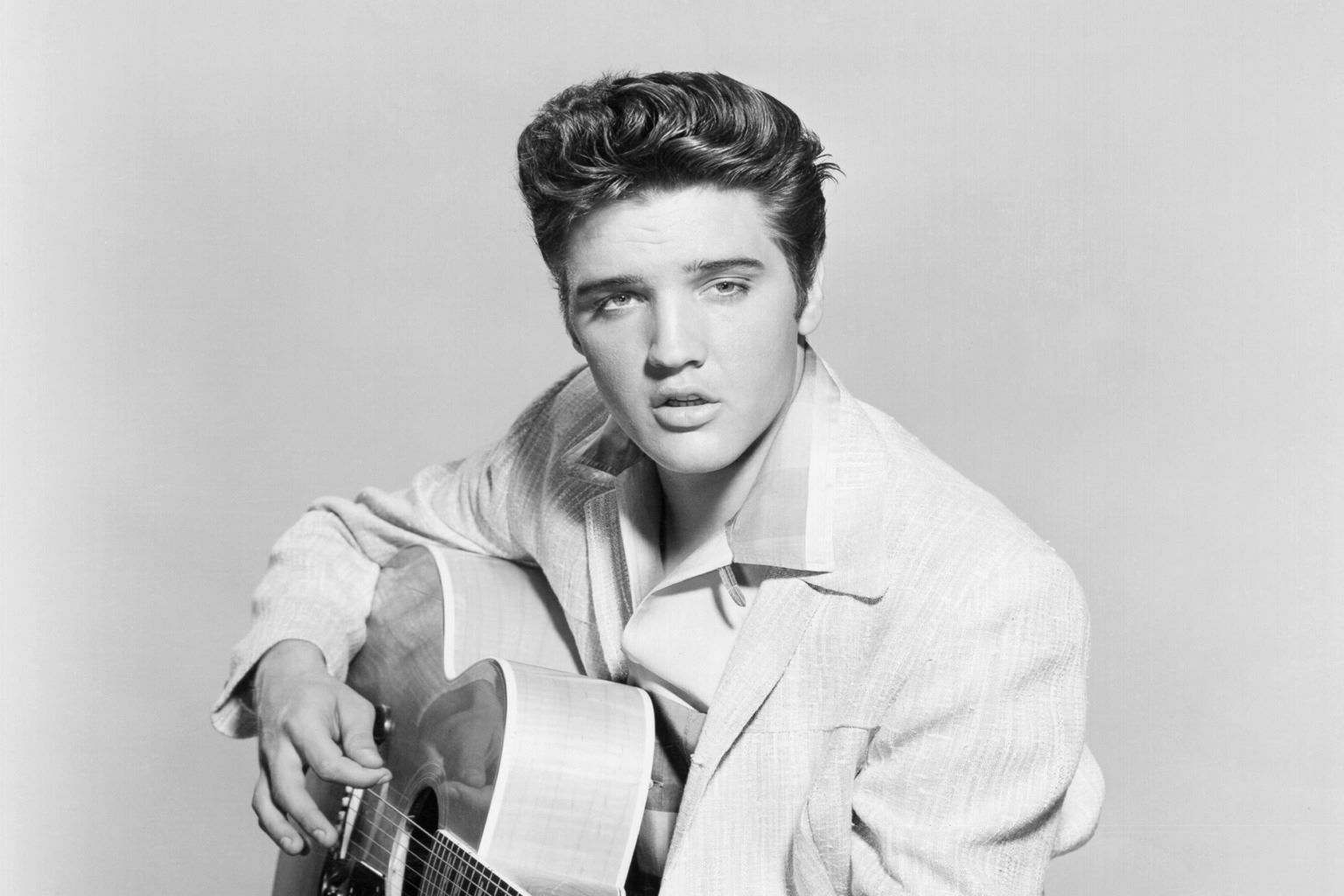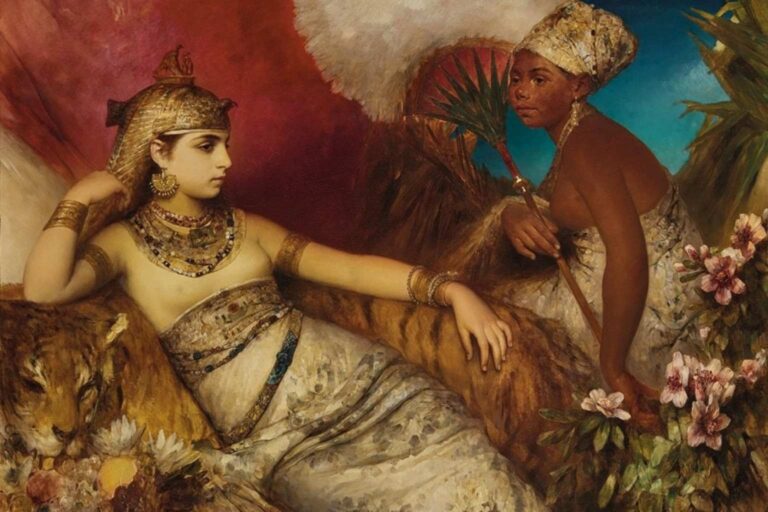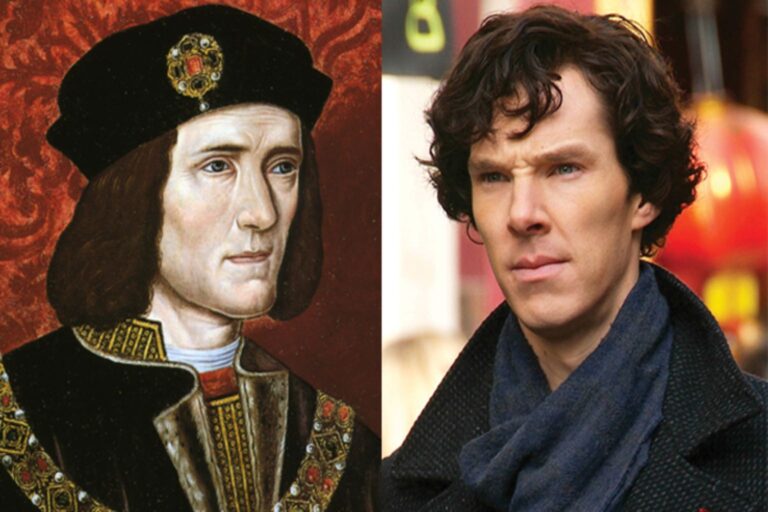There are many historical figures with unexpected vices that we never hear about. This is mainly because historical figures, by virtue of their achievements, are usually put on a pedestal and admired for their intellect, courage, and leadership. Their achievements are written about extensively, documentaries are made about them, and their words are quoted repeatedly, eventually becoming words of wisdom.
However, behind the polished images and the veneration with which they are referred to, lie many flaws and character defects that make them seem almost human. Even the most admired and revered individuals, those great leaders, artists, and sportspersons, have their secrets. So it is not surprising that these shocking vices of historical figures are rarely spoken about and usually swept under the rug, so to speak. Simply because talking about their vices would lessen them in the eyes of their followers and detract from the importance of their achievements.
This article takes a close look at historical figures with unexpected vices, those who achieved greatness and whose contributions to society are undeniable, but whose personal lives were far from perfect. The intent is not to tarnish their reputation or image. You may be shocked to hear about some of these, and some may make you smile. But at the end, you will have a more complete picture of these famous people and what made them human.
Why These Vices Matter Today
So why are things such as the unexpected flaws of iconic leaders or other stories about celebrities with surprising addictions or other vices of any interest to us? After all, these are historical figures from the past who lived in different times. Why are they relevant?
There are many reasons why knowing about these vices still matters:
- It reminds us that these figures were also humans: It is important to see the fallible side of these figures so as to get a well-rounded image of them.
- It is important to question historical facts: Questioning historical figures and history that is taught to us gives us a more accurate perspective on past events.
- It is vital that we see ourselves as humans: Today, with the pressures of social media, we are pressured into perfecting the image we portray. It is good to know that our heroes had failings. It helps us to accept our own failings.
- Their vices serve as a lens into their times: Their flaws remind us that certain types of behaviors that are unacceptable today were accepted in the past. Knowledge about their past helps frame discussions about morality, power, and cultural change, and helps us to better ourselves.
- Personal and professional lives should be kept separate: An individual’s achievements should not be minimised by their personal demons. It should still be possible to leave a legacy even with these failings.
At the end of the day, remind yourself that, if even the greats stumbled, maybe there’s hope for the rest of us, too.
15 Shocking Vices You Didn’t Know About These Icons
Some of these secret vices were small, seemingly harmless peccadillos, while others are quite shocking simply because they are such a stark contrast to the image portrayed. What makes these vices fascinating is that they make you look at these famous personalities in a different light.
1. Walt Disney’s obsession with surveillance
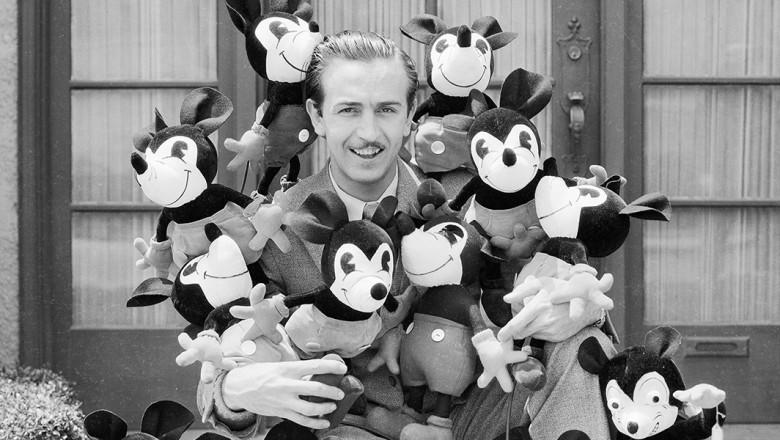
Walt Disney was an animation mogul whose magical storytelling has enthralled millions around the world. His influence on pop culture cannot be overstated, and the characters he created have today taken on a life of their own. But for all his creative genius, there was a darker side to his persona.
His first venture, an animation studio, went bankrupt, and his wife suffered a miscarriage in 1931. Both of these incidents affected his mental health deeply. He became obsessed with the idea that there were communists everywhere, especially in Hollywood.
So the question that arises is, did Walt Disney really spy on his employees? In his unauthorized biography, “Walt Disney: Hollywood’s Dark Prince”, author Marc Eliot writes about Disney’s close links to the FBI, submitting files to the New York Times that showed him to be an informer for the bureau. They show that Disney passed on the names of Hollywood actors, writers, and others from the industry to the FBI, whom he suspected of being communists or subversives. Obviously, he was keeping close tabs on his colleagues within Disney and in the industry.
Whatever his obsessions and other character flaws, Disney is remembered today as a creative genius who gave the world beloved characters such as Mickey Mouse. His defects of character show him to also be a deeply flawed human, but a genius nonetheless.
2. Winston Churchill’s heavy drinking
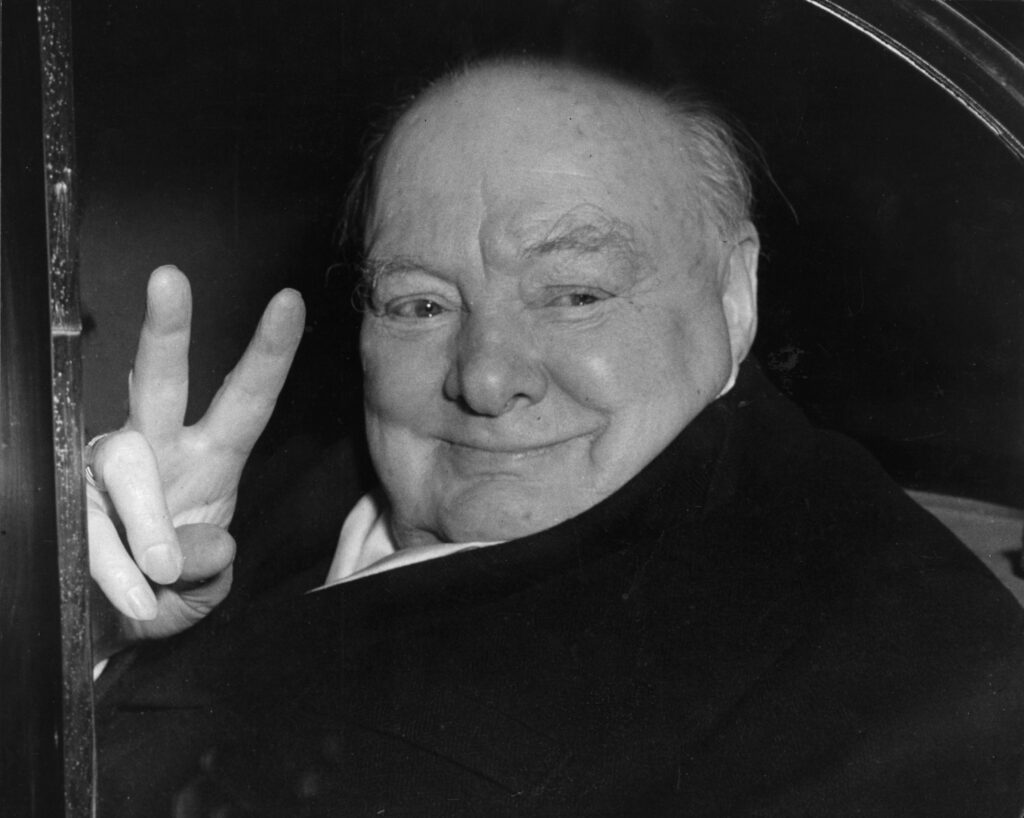
Winston Churchill needs no introduction. He is one of history’s pivotal figures, having led Great Britain to victory against Nazi Germany. His personal habits have been closely scrutinized, and there is no dispute whatsoever that he was a very heavy drinker.
According to Michael McMenamin, co-author of Becoming Winston Churchill: The Untold Story of Young Winston and His American Mentor, Churchill was a heavy drinker. But the fact that he was an alcoholic, albeit a high-functioning one, is a myth, an exaggeration of the facts. According to him, “the amount of alcohol a person consumes does not define an alcoholic”. In Churchill’s case, he had a high tolerance for alcohol, which is why he consumed so much, but that does not make him an alcoholic.
So was Churchill’s drinking ever a problem during wartime? Historians have differing points of view on this subject, and the debate is endless and inconclusive. At the end of the day, whatever his personal foibles, history will portray him as the leader of Great Britain who led them to victory in WWII.
3. Coco Chanel’s Nazi connections
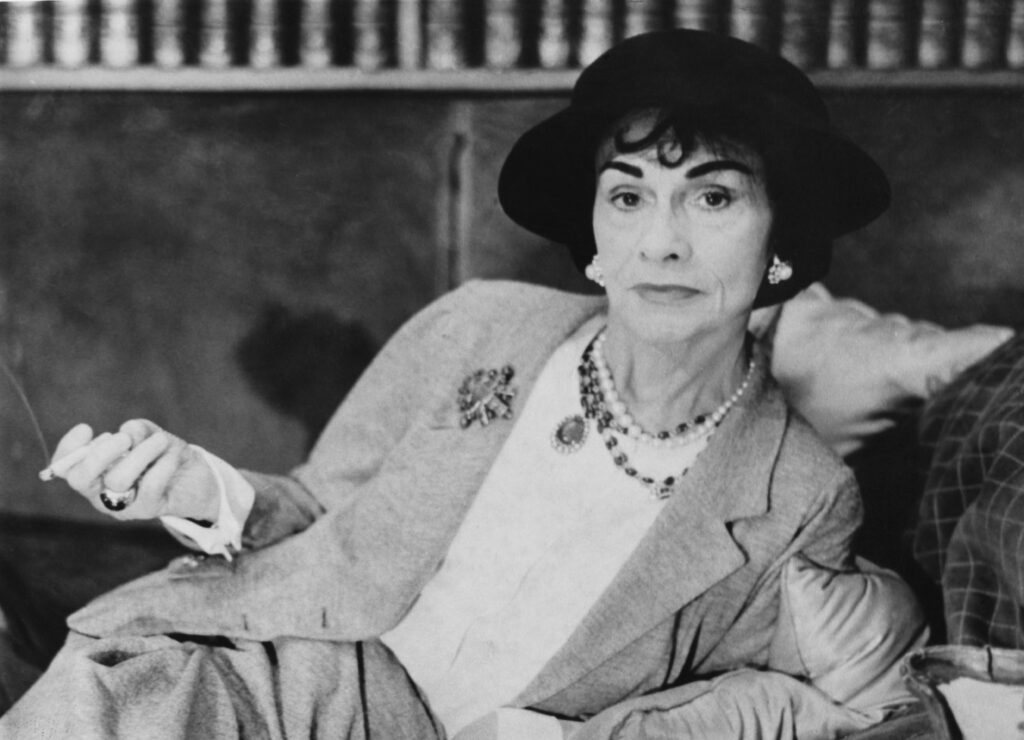
The name Coco Chanel brings to mind timeless elegance, little black dresses, and the eponymous perfume Chanel No. 5. Questionable wartime activities are far from that image. But a closer look at history suggests otherwise, and many today still ask the question, “What did Coco Chanel do during WWII?”
The answer to that question is a bit more complicated than the glamorous image she portrayed. During WWII, when Paris was occupied by the Nazis, Chanel stayed at the Ritz Hotel. At that time the hotel housed high-ranking Nazi officers, one of whom was Hans Gunther von Dincklage. Chanel and Dinklage had an affair, and she used her position to further her interests. This included the use of her connections to get her nephew Andre released from a German POW camp and also the use of Nazi laws to help her wrest control of her perfume business from her Jewish partners.
There are also reports that she worked as a Nazi agent code-named “Westminister” and was also involved in a failed plan known as “Operation Modelhut” that tried to broker a backchannel accord between the Nazis and the British. Whatever her motives, whether she acted out of a survival instinct, ambition or ideology remains hotly debated, but her Nazi association leaves a blot on her legacy that still remains.
4. Steve Jobs’ Denial of his daughter

Thinking of Steve Jobs brings to mind terms like innovation, tech-genius and visionary, and a man who redefined modern technology. Behind that polished image, however, there lurked a darkness, a personal flaw that was far less admirable.
It is a well-known fact that Jobs had a daughter, Lisa, with his high school girlfriend, Chrisann Brennan. When confronted with this fact, Jobs denied his paternity and fought the claim in court for many years. He refused to acknowledge Lisa as his child, even when confronted with a positive DNA match. The mental anguish he caused his daughter was immense, as noted in her memoir, Small Fry. Lisa Brennan-Jobs and her mother struggled financially while Jobs built Apple into a multimillion-dollar empire.
You might ask why this matters. Is it fair to judge historical figures by modern standards? It matters because it reminds us that success doesn’t make someone immune to deep personal failings. Jobs was not only the man who brought us the iPod and the iPhone, but also a man who, for years, failed his own child.
His story remains a powerful reminder that intelligence and emotional maturity are not the same, and often brilliance can co-exist with cruelty. A legacy isn’t just about what you build but about what and who you leave behind.
5. Elvis Presley’s prescription drug addiction
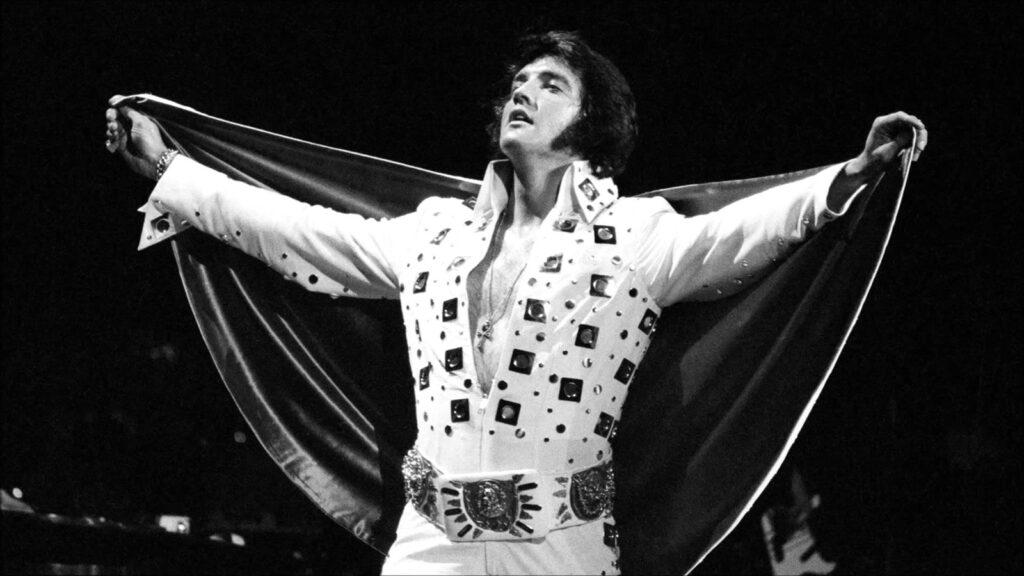
Elvis Presley was the King of Rock and Roll who redefined popular music. He was a cultural icon who was adored and worshipped by millions of fans the world over. But behind the fame and success lurked a darker side, an addiction to prescription drugs.
While some may dispute this fact, it is true that he abused prescription drugs. As told by Priscilla in the book Elvis by the Presleys, since all his drugs were prescribed by doctors, Elvis never considered himself to be an addict. But then, denial is a big part of addiction. Till today, his cause of death is disputed, even though his autopsy report showed eight prescription drugs in his system. His medical history reveals his battle with addiction. In 1973, he was treated for addiction to Pethidine and suffered from two overdoses of barbiturates. Towards the end of his life, he was battling multiple conditions that result from addiction, including obesity, glaucoma, and liver damage.
This is the story of how success and fame can isolate and distort reality beyond an individual’s ability to cope. There are many examples of celebrities with surprising addictions who died premature deaths, and Elvis’ story was a prime example of the cost of fame.
6. Benjamin Franklin’s lustful letters
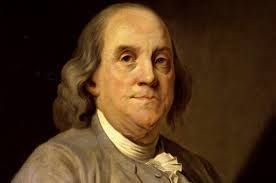
Benjamin Franklin, one of the USA’s founding fathers, is a revered historical figure who seemingly embodied every virtue. We respect him as a wise statesman who helped shape America, as a scientist who demonstrated that lightning was electricity, and as a philosopher whose aphorisms are still used to make motivational posters. Amongst all his finer attributes, however, lurked a darker side that is far less known, and this was his lustful nature and appetite for flirtation and seduction.
Franklin’s personal writings contain many romantic and, at times, overtly sexual letters. Many of these were written to much younger women. The most famous of these is his 1745 essay titled Advice to a Young Man on the Choice of a Mistress. In this letter, Franklin advises a young man to choose an older woman as a lover for a variety of reasons. Other examples include his letters to Madame Brillon and Madame Helvétius, both of which were outrightly flirtatious. The writings reveal a man who was driven by very human desires and not a reflection of the intellect that was renowned for.
In today’s climate of political correctness, this kind of behaviour by a public figure would be nothing short of scandalous. However, women in those days were treated differently. If one were to consider the cultural context of the time it was written in, one might not be so harsh.
7. Alfred Hitchcock’s obsession with actresses
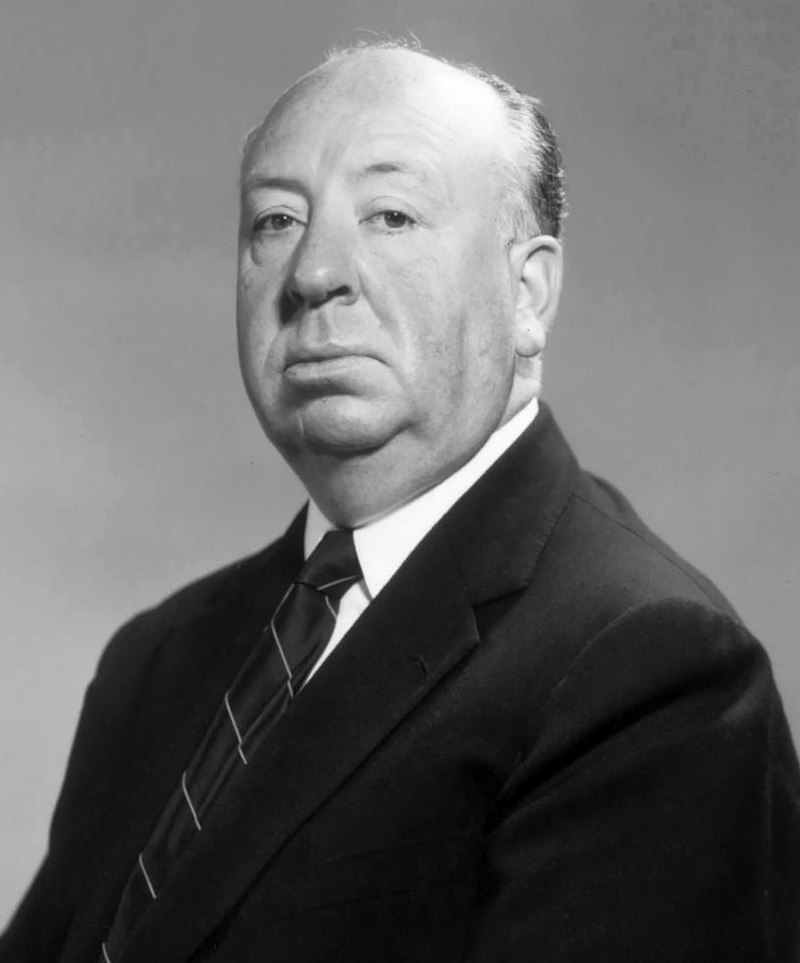
The Master of Suspense as Alfred Hitchcock is known, was a cinematic genius who redefined the genre of psychological drama and thrillers. While his influence on film is undeniable, his treatment of his leading ladies and actresses paints a disturbing portrait of a man with an obsessive personality who was given to manipulation and control.
According to Caroline Howe of The Daily Mail, Kim Novak and Tippi Hedren were two of his leading ladies who suffered terribly at his hands and whose lives were later deeply affected by their experiences with Hitchcock. In her book Tippi: A Memoir, Hedren reveals how she was tormented by Hitchcock, eventually breaking free from his threats to ruin her career.
His obsessive need for control extended into the personal lives of his stars. Kim Novak, Grace Kelly, and Janet Leigh were cast in roles that required them to be icy characters with a distant femininity, personas that Hitchcock was infatuated with.
Understanding these darker aspects of historical figures, such as Hitchcock, is important. His obsession with his leading ladies wasn’t something harmless. It left emotional scars on them and damaged their careers. It reminds us that genius is no excuse for harmful behavior, and that power, left unchecked, can turn into something deeply toxic.
8. Judy Garland’s forced addiction
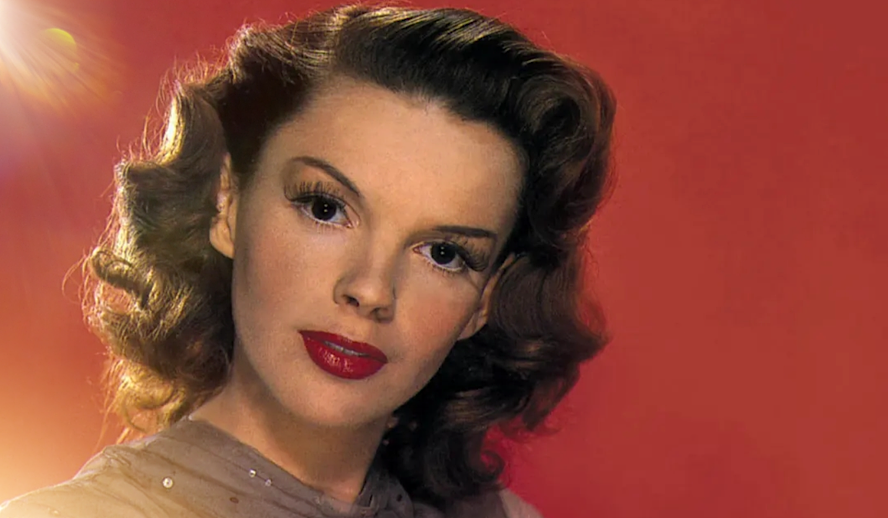
Judy Garland was a prodigious talent who captivated millions with her voice and wide-eyed charm as Dorothy in The Wizard of Oz. The story behind this iconic role, however, was a tragic tale, one of control and manipulation that was forced upon a 13-year-old girl.
From the moment she signed on with MGM Studios at that tender age, Garland’s life was not her own. Studio executives micromanaged every part of her body and behavior in an attempt to control her image. They enforced strict diets on her because she was “too plump”, made her take amphetamines to suppress her appetite, and pumped her with sedatives to help her sleep. The cycle of giving her stimulants to function and sedatives to sleep became a routine for her and literally forced her into addiction.
Her addiction would haunt her for the rest of her life. The same system that created her and profited from her innocence was responsible for destroying her. By her twenties, she had already been treated at several psychiatric clinics. Stories like hers remind us of the cost of fame and how the rights of children can be exploited by industry.
9. Pablo Picasso’s toxic relationships
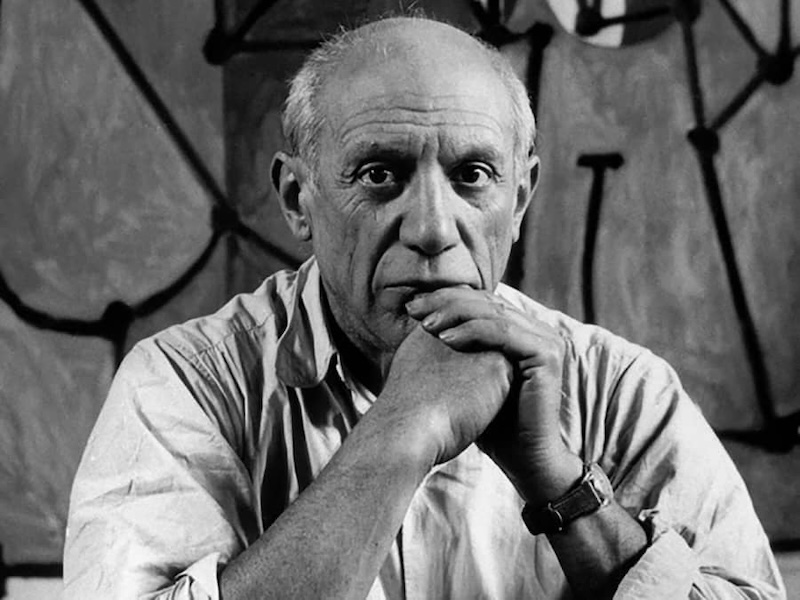
Universally hailed as one of the greatest artists of the 20th century, Pablo Picasso was the pioneer of the art form known as Cubism. His influence on modern art is enormous, and his art is very sought after by museums and collectors alike. But behind the brilliance of his art lies a darker truth, the truth about his troubled relationships with women.
Picasso considered women to be either “goddesses” or “doormats”, and this attitude gives us a chilling glimpse into his worldview. His granddaughter, Marina Picasso, has gone on record to call him a narcissist and said that her whole family suffered because of it. According to her, he required blood from family members to sign each of his paintings, especially the blood of those who loved him.
He monumentalized women in his art, yet diminished them in life. His affairs were many and turned toxic because of his numerous infidelities. One of his mistresses, Marie-Thérèse Walter, would end her life by hanging herself. His grandson, Pablito, committed suicide.
Picasso’s brilliance had a very heavy cost. His story tells us how power and ego can shape even the most gifted persons and negatively affect those around them.
10. Thomas Edison’s animal experiments
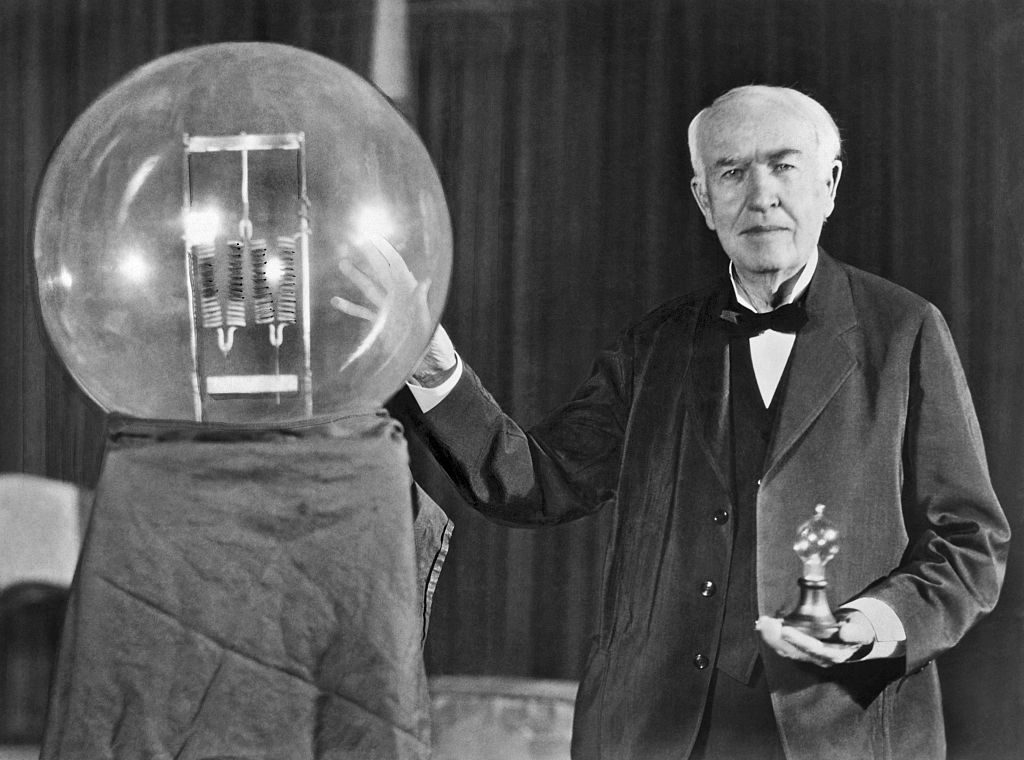
Inventor extraordinaire and the man who gave the world inventions such as the gramophone and the incandescent light bulb, Thomas Edison is a name that needs no introduction. But behind all the acclaim lies a darker chapter that his descendants would rather forget. This is the gruesome animal electrocutions during the “War of the Currents”.
In the late 1880s, Edison was locked in a fierce rivalry with George Westinghouse and Nikola Tesla over the superiority of direct current vs. alternating current. Keen on establishing the superiority of direct current, his invention, Edison went so far as to electrocute an elephant and numerous other animals in a brutal propaganda campaign to demonstrate the dangers of alternating current. These demonstrations were not in support of the science behind the technology but rather an attempt to sway public opinion.
These incidents show Edison in poor light, as a man so driven to succeed that he neglected to see the cruelty of his actions and the pain he inflicted on innocent animals caught in the crossfire.
11. Bing Crosby’s allegations of child abuse
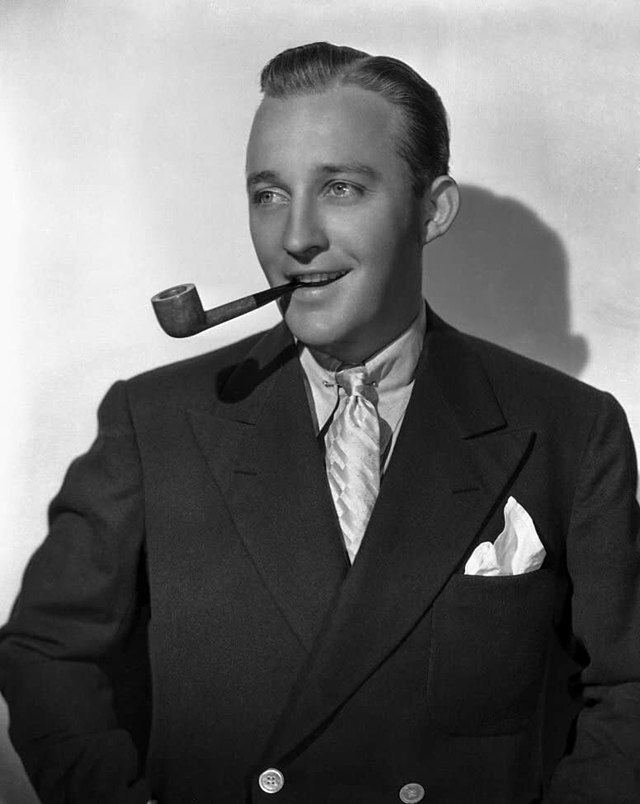
Bing Crosby, the warm crooner behind “White Christmas,” was the epitome of the ideal father in post-war America. Yet behind that wholesome persona lay troubling allegations of child abuse. These were levelled by his own son, Gary Crosby, in his memoir, Going My Own Way.
Gary’s account describes in a very stark manner his childhood against the constant threat of physical punishment. He says, “My father would come home at 6 o’clock… then I’d get bent over and beaten till I bled.” He endured the pain by dreaming of ways to murder his father.
It should be noted that his account has been disputed by his siblings, Phillip and Dennis. Phillip called his younger sibling a “whining crybaby” and said that their father was a disciplinarian but never beat his boys black and blue. It should be noted that corporal punishment was a common occurrence in those days.
These opposing testimonies force us to grapple with the complexities of history. Could Bing Crosby’s disciplinarian ways be construed as domestic abuse, or should they be viewed against what was the norm for that era? There is an element of truth in both viewpoints, and the differing narratives remind us that history shouldn’t always be defined by extremes. The truth often lies somewhere in between.
12. John F. Kennedy’s White House affairs
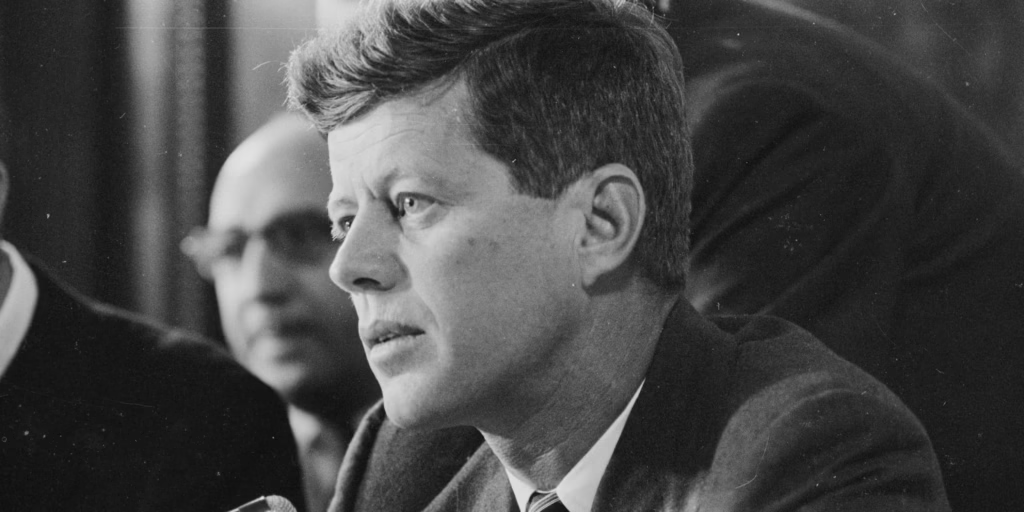
History will remember John F. Kennedy as the charismatic president of the United States who brought a sense of hope and dynamism to the Presidency. With his wife Jackie at his side, he created this fairytale image, which the press likened to King Arthur and Camelot. His term as president was cruelly cut short by an assassin’s bullet.
It is no secret that Kennedy had several extramarital affairs, a fact well documented by historians and his staff. Reporters from People magazine describe him as a “rampant and reckless womanizer” and attribute this trait to the “hypercompetitive, testosterone‐infused Kennedy family” culture of entitlement. The most famous of his romantic pursuits was Marilyn Monroe, with whom he had an on-off affair. There were also numerous dalliances with socialites, actresses, and White House interns.
Kennedy’s affairs weren’t just the President’s personal affairs. They were institutionalized. His close friend and confidant, David Powers, was instrumental in arranging meetings between JFK and some women, as alleged by Ms. Judith Campbell Exener. The stories about his dalliances are overshadowed by the unanswered questions about his assassination, but they still remind us that legacies of powerful historical personas can have a darker side and that all of them were just human.
13. Christopher Columbus and the genocide
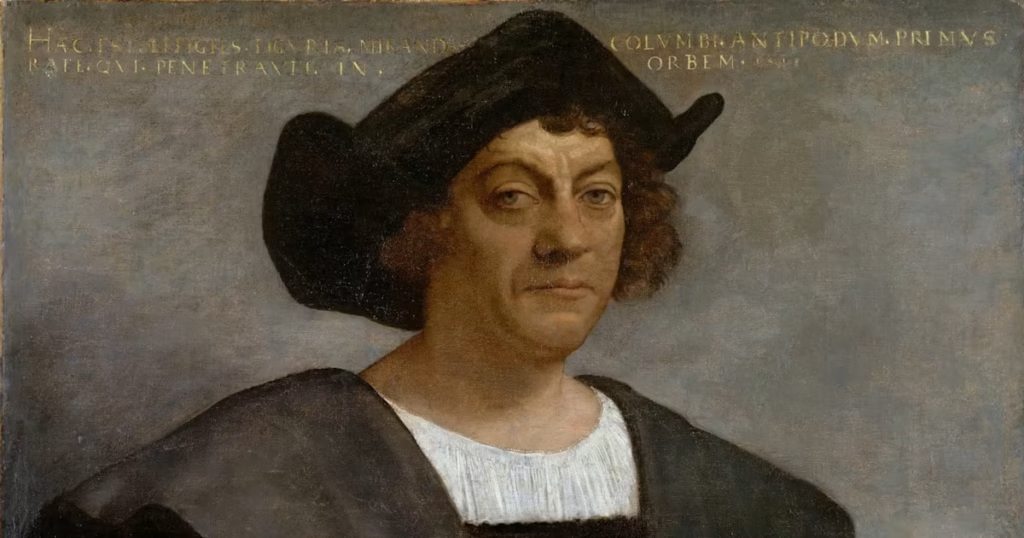
One of the most pivotal figures in history was Christopher Columbus, the man credited with having discovered America. But looking past the myths reveals a darker picture, one of an exceptionally cruel and savage man who perpetrated a genocidal campaign against the indigenous population in his search for fame and fortune.
His arrival in 1942 marked the beginning of a systematic campaign that decimated native populations all across the Caribbean. His behavior was so barbaric that eventually, the Spanish authorities had to intervene and arrest him.
Scholars today have begun to focus on the killings and atrocities that he perpetrated against the indigenous population. He enslaved whole towns and villages, forcing the people into slave labor in gold mines and plantations. Grisly accounts of his deeds, such as mass torture and executions, tell the tale of a man who would go to any lengths to further his own ambition. The consequences of his landing were horrific, and research suggests that 100 years later, almost 90% of the indigenous population was wiped out by illness.
These findings are behind a campaign spearheaded by native Americans to rename Columbus Day as Indigenous Peoples’ Day in memory of those who were slaughtered. It shows that history can be amended when different perspectives are taken into account.
14. O. J. Simpson and his rage
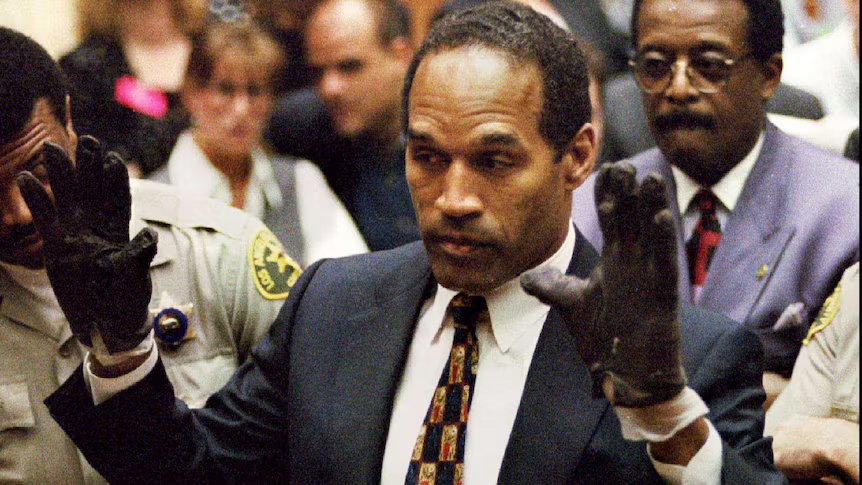
Once the golden boy of American football, an NFL hero and a charismatic media figure, O. J. Simpson’s legacy now lies in tatters. The rage that simmered within him proved to be his undoing. The first sign that all was not well with the all-American hero came in 1989, when Nicole Brown Simpson, his wife, called 911 claiming that Simpson was going to kill her.
When the police arrived at his home, they found her hiding in the bushes, badly beaten with a cut lip and a swollen and blackened eye. Reports from friends and family revealed a pattern of violence, and court documents during the murder trial in 1994-1995 showed 59 incidents of domestic violence over the years. These incidents show the footballer as a serial abuser who beat his wife over a 17-year period, culminating in her death in 1994.
While he was acquitted of her murder, his run-ins with the law didn’t end. He allegedly attacked another driver in a road rage incident but was again acquitted. In 2007, he was convicted of armed robbery and sentenced to 33 years in prison. His actions were a part of a pattern of anger that was uncontrollable and intensified in both his personal and public life. His story is a sobering reminder of the consequences of anger when not dealt with.
15. Fyodor Dostoevsky’s gambling addiction
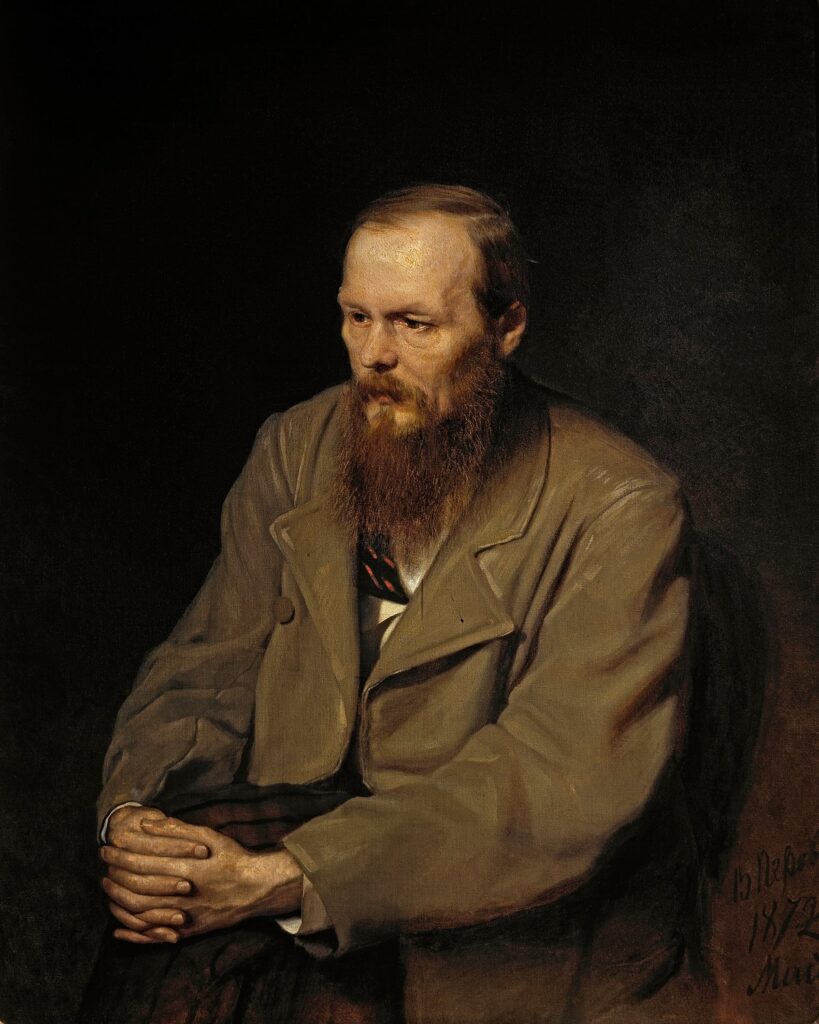
One of literature’s greatest minds and a man with profound insights into morality, suffering, and redemption was Fyodor Dostoevsky. His novels, “Crime and Punishment” and “The Brothers Karamazov” have cemented his reputation as one of the finest writers ever. Yet, accompanying that genius was a destructive vice that imprisoned him for many years. That vice was gambling, an addiction to the game of roulette.
His obsession with gambling began in the 1860s after his return from exile in Siberia. Struggling with debt, he turned to the exhilaration that roulette offered him, enduring catastrophic losses along the way. He even turned to pawning his possessions to support his habit.
His addiction inspired him to write “The Gambler”, a novel that he was forced to write in 26 days because of a wager with his publisher. It vividly portrays a man in the grip of an obsession and reflects his own turmoil. His gambling addiction lasted for eight long years, but he was able to quit for good in 1871. His wife Anna Snitkina was his main support in quitting and also helped him manage his finances.
Dostoyevsky’s addiction did not diminish his genius. His vulnerabilities became the wellspring for some of the most intense and brilliant fiction ever written.
Conclusion
Reading through this list of famous historical figures and their vices makes us realize that our heroes were also human and not the perfect idols we have made them out to be. Many of them were giants with gigantic failings. Sometimes, as in the case of Christopher Columbus, history may change the narrative, but many times we have to examine the historical facts through the lens of the time in which they occurred. Bill Clinton faced impeachment, seemingly for far fewer offences than Kennedy. This probably had more to do with the saturation coverage of today’s reporting and technology. Culture, too, plays a big role. One can hardly imagine a French President being impeached for an extramarital affair.
Of one thing we can be certain – history is a harsh judge of personalities and events, but it can also be blinkered. It is, after all, written by the winner.

